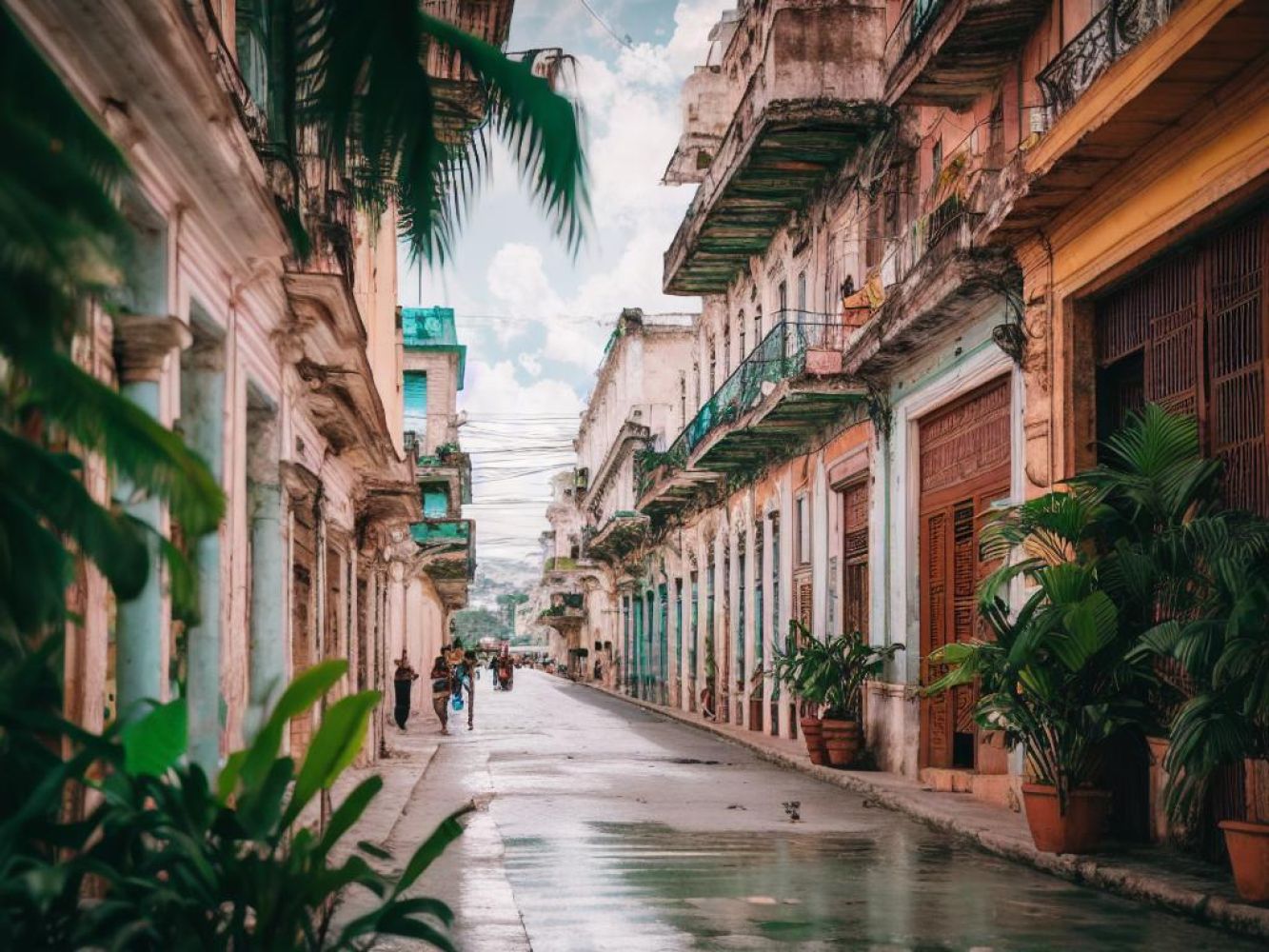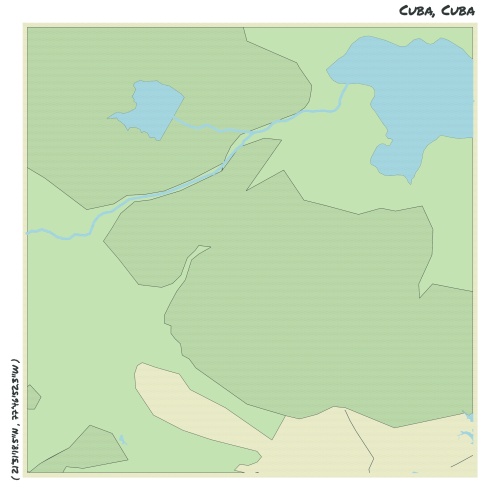- If you are a citizen of the United States or American Samoa, check out the specific information for travelers from your country in Americans in Cuba.
Understand
Cuba, once a U.S. protectorate, has a complex history that includes a revolution led by Fidel Castro and strained relations with the United States. In the early 1900s, many American citizens lived in or traveled to Cuba, which heavily relied on tourism from the U.S. and Canada. However, everything changed with the Cuban Revolution in 1959. The Cuban Revolution was an armed revolt against the right-wing dictatorship of Fulgencio Batista. Fidel Castro and his allies fought for years, finally ousting Batista in 1959. This revolution marked a turning point in U.S.-Cuban relations. While the American government initially considered recognizing Castro's new government, fears of communist influence in Latin America caused tensions to rise. Castro, on the other hand, resented the Americans for their support of Batista during the revolution. In response, the revolutionary government nationalized all U.S. property in Cuba, leading to severed diplomatic ties and a tightening of the U.S. embargo. President Dwight D. Eisenhower even planned secret efforts to overthrow or assassinate Castro. The embargo and nationalizations continued, with Castro gradually expanding his control over U.S. companies and assets in Cuba. President John F. Kennedy added travel restrictions, which remained in place for decades. As a result, Cuban tourism declined, and the country faced economic challenges. However, in the 1990s, Cuba opened its doors to foreign tourism to attract visitors from Europe, Canada, and the United States. Varadero and Holgun are popular tourist regions, offering modern hotels for visitors. In less popular areas, visitors can even rent rooms in Cuban homes called "casas particulares." While travel to Cuba for tourist activities is still prohibited for U.S. citizens, there are certain categories of authorized travel. These include family visits, official business, journalistic activity, educational activities, and more. Today, Cuba's infrastructure requires significant repair due to factors like the U.S. embargo and bureaucratic ineffectiveness. But major tourist destinations have reliable power and water supply. Cuba has invested in improving its energy situation, and many accommodations offer both 220V and 110V power sources to cater to visitors' needs.
Get in
Map & Climate
Popular Foods
 Cuban Sandwich (Medianoche)The Cuban Sandwich, also known as a medianoche, is a hearty, pressed sandwich that originates from Cuban cuisine. It typically consists of roasted pork, ham, Swiss cheese, and pickles, all layered between two slices of crusty Cuban bread. The sandwich is then grilled or toasted, giving it a crisp exterior and melty interior. The flavors meld together perfectly, offering a delightful combination of savory meats, tangy pickles, and creamy cheese. The sandwich is often served hot and can be found throughout Cuba and in Cuban communities worldwide.
Cuban Sandwich (Medianoche)The Cuban Sandwich, also known as a medianoche, is a hearty, pressed sandwich that originates from Cuban cuisine. It typically consists of roasted pork, ham, Swiss cheese, and pickles, all layered between two slices of crusty Cuban bread. The sandwich is then grilled or toasted, giving it a crisp exterior and melty interior. The flavors meld together perfectly, offering a delightful combination of savory meats, tangy pickles, and creamy cheese. The sandwich is often served hot and can be found throughout Cuba and in Cuban communities worldwide. Ropa ViejaRopa Vieja is a traditional Cuban dish made from shredded flank steak cooked with vegetables, olives, capers, and seasonings in a tomato sauce. The name translates to "old clothes," which refers to the dish's appearance once the meat has been slow-cooked and falls apart. This hearty stew is usually served over white rice and accompanied by black beans, fried plantains, and toast. The rich, complex flavors make Ropa Vieja a favorite among many Cubans and those who have tasted this comforting dish.
Ropa ViejaRopa Vieja is a traditional Cuban dish made from shredded flank steak cooked with vegetables, olives, capers, and seasonings in a tomato sauce. The name translates to "old clothes," which refers to the dish's appearance once the meat has been slow-cooked and falls apart. This hearty stew is usually served over white rice and accompanied by black beans, fried plantains, and toast. The rich, complex flavors make Ropa Vieja a favorite among many Cubans and those who have tasted this comforting dish. For a taste of Cuba's sweet side, "Flan de Queso," or cheese flan, is a beloved dessert. This rich and creamy treat is an amalgamation of cheesecake and classic flan. Made from a combination of cream cheese, evaporated milk, sugar, eggs, and vanilla, this dessert boasts a velvety texture and delicate caramel topping. Flan de Queso is a fitting end to any Cuban feast and showcases the versatility of Cuban desserts.
For a taste of Cuba's sweet side, "Flan de Queso," or cheese flan, is a beloved dessert. This rich and creamy treat is an amalgamation of cheesecake and classic flan. Made from a combination of cream cheese, evaporated milk, sugar, eggs, and vanilla, this dessert boasts a velvety texture and delicate caramel topping. Flan de Queso is a fitting end to any Cuban feast and showcases the versatility of Cuban desserts.




Comments
NO COMMENTS